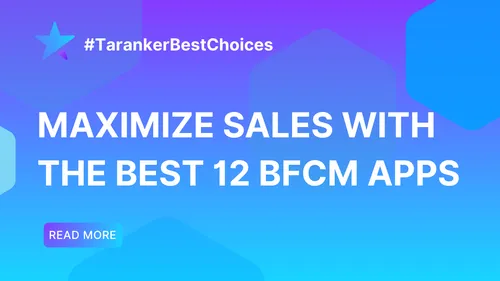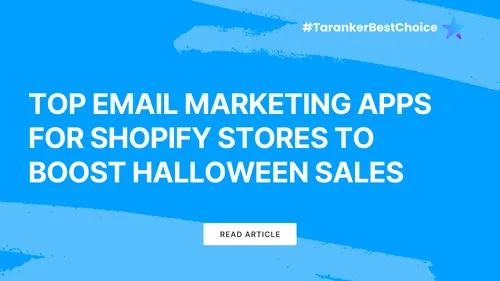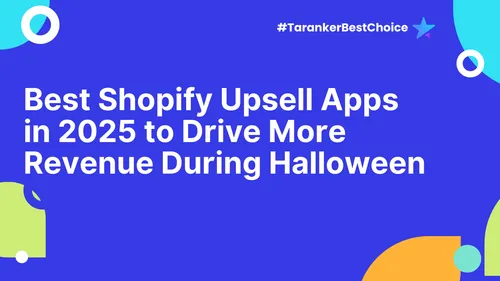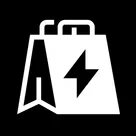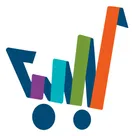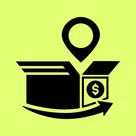Introduction
Shipping and fulfillment are critical aspects of running a successful Shopify store. While marketing and design attract customers, efficient shipping processes ensure they receive their purchases on time—leading to positive reviews, repeat sales, and brand loyalty.
For Shopify merchants, understanding and optimizing shipping and fulfillment options can make a significant difference in your overall revenue, customer satisfaction, and operational efficiency. However, with so many available methods, configurations, and third-party integrations, it's easy to feel overwhelmed.
In this comprehensive guide, we’ll break down:
✔ The various shipping and fulfillment options available on Shopify
✔ How to configure shipping settings effectively
✔ Integrating third-party fulfillment services
✔ Managing inventory and tracking shipments
✔ Best practices to streamline your fulfillment process
Whether you're a beginner setting up your first store or a seasoned merchant looking to scale, this guide will help you navigate Shopify’s shipping ecosystem with confidence.
1. Understanding Shipping Options on Shopify
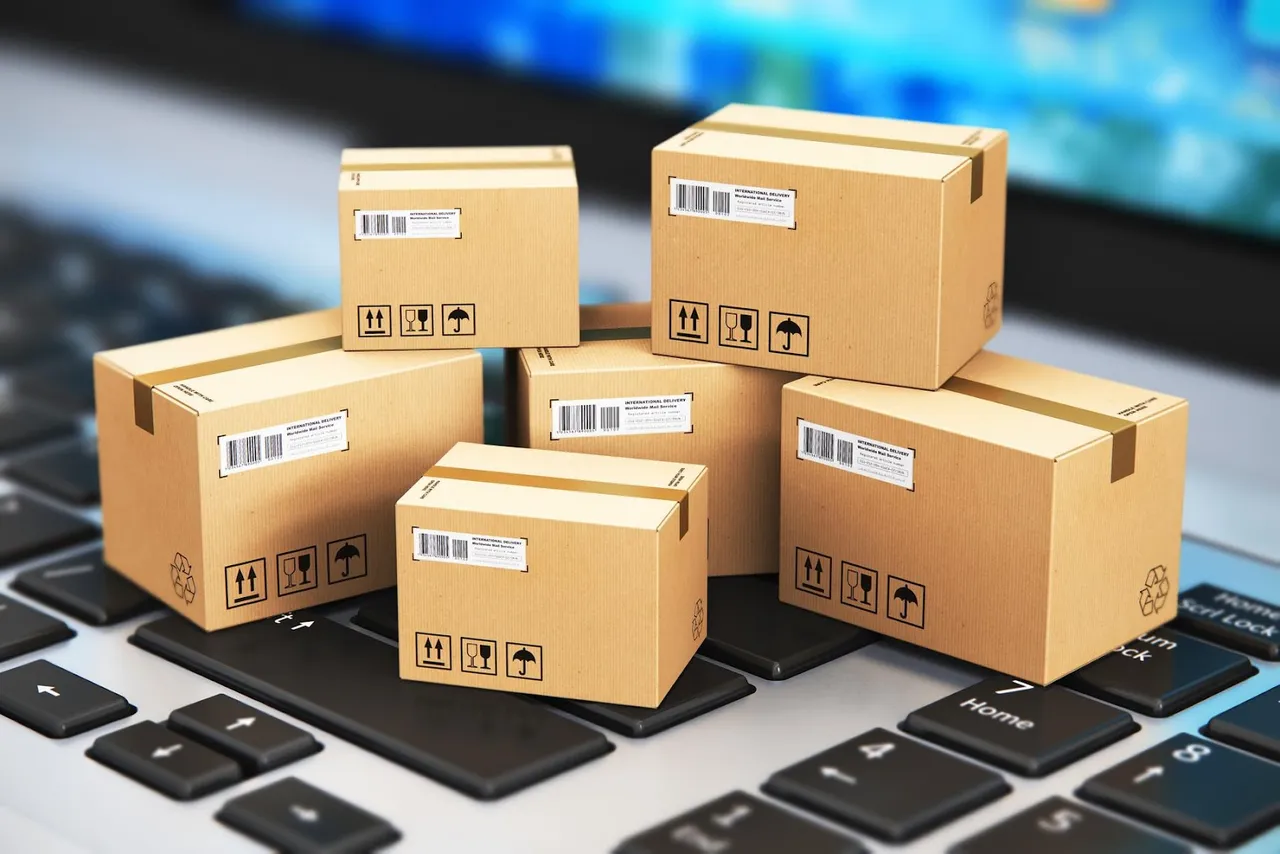
a) Shopify Shipping
Shopify Shipping is an integrated tool that simplifies the shipping process for merchants in certain regions (such as the U.S., Canada, and Australia). It offers:
✔ Discounted shipping rates with major carriers like UPS, USPS, DHL, and Canada Post
✔ Real-time rate calculations for customers at checkout
✔ Label printing directly from the Shopify admin dashboard
✔ Tracking information automatically provided to customers
📌 Best For: Merchants looking for a simple, cost-effective solution that works directly within Shopify.
b) Third-Party Shipping Apps
If Shopify Shipping doesn’t meet your needs, you can opt for various third-party apps to extend your shipping capabilities.
🛠️ Popular Apps:
-
ShipStation: Comprehensive shipping management with multi-carrier support.
-
AfterShip: Order tracking solution providing branded tracking pages.
-
EasyShip: Access to 250+ global shipping solutions with detailed analytics.
📌 Tip: Choose third-party apps if you need more customization, international shipping options, or advanced analytics.
c) Self-Fulfillment
For merchants who handle shipping themselves, Shopify offers tools to:
✔ Define shipping rates based on weight, price, or location
✔ Provide flat-rate or free shipping options
✔ Automatically calculate taxes and duties for international orders
📌 Pro Tip: If you’re fulfilling orders manually, make sure you have a robust process for packaging, labeling, and tracking shipments to prevent errors.
2. Understanding Fulfillment Options on Shopify

a) In-House Fulfillment
This approach is best for smaller merchants or those with specialized products. You handle:
✔ Inventory storage
✔ Packing and shipping
✔ Customer communication and tracking
📌 Benefits: Complete control over the entire process, higher profit margins, and customizable packaging.
📌 Drawbacks: Labor-intensive, time-consuming, and may be challenging to scale.
b) Dropshipping
A popular method where merchants sell products without holding inventory. Instead, when a customer makes a purchase, the supplier fulfills the order directly.
✔ Eliminates the need for inventory storage
✔ Easy to scale with new products
✔ Low upfront investment
📌 Top Apps for Dropshipping:
-
DSers: Optimized for AliExpress dropshipping.
-
Printful: Print-on-demand service for custom products.
-
Spocket: High-quality suppliers from the U.S. and EU.
💡 Tip: Carefully vet your suppliers to ensure quality and reliable shipping times.
c) Third-Party Fulfillment Services (3PLs)
For larger stores or those looking to scale, outsourcing fulfillment can be a lifesaver.
✔ Warehousing and inventory management
✔ Picking, packing, and shipping
✔ Advanced analytics and tracking
📌 Popular 3PL Solutions:
-
ShipBob: End-to-end fulfillment solutions with multiple warehouses.
-
Fulfillment by Amazon (FBA): Leveraging Amazon’s logistics network.
-
Deliverr: Fast shipping for eCommerce platforms with predictive analytics.
📌 Pro Tip: Ensure your 3PL integrates smoothly with your Shopify store to avoid inventory discrepancies.
3. Configuring Your Shopify Shipping Settings
a) Setting Up Shipping Zones and Rates
✔ Navigate to Settings > Shipping and delivery in your Shopify admin.
✔ Define Shipping Zones (e.g., Domestic, International).
✔ Set rates based on:
-
Weight-based rates
-
Price-based rates
-
Free shipping promotions
📌 Tip: Offer free shipping on orders over a certain threshold to boost average order value (AOV).
b) Adding Carrier Calculated Shipping
If you want to provide real-time shipping quotes, you can integrate directly with major carriers.
✔ Ensure you have the Advanced Shopify plan or higher.
✔ Connect carriers like USPS, UPS, and DHL Express.
✔ Provide customers with accurate rates based on weight, location, and shipping speed.
📌 Why It’s Useful: Builds trust by providing transparent, accurate shipping costs.
4. Managing Inventory and Tracking Shipments
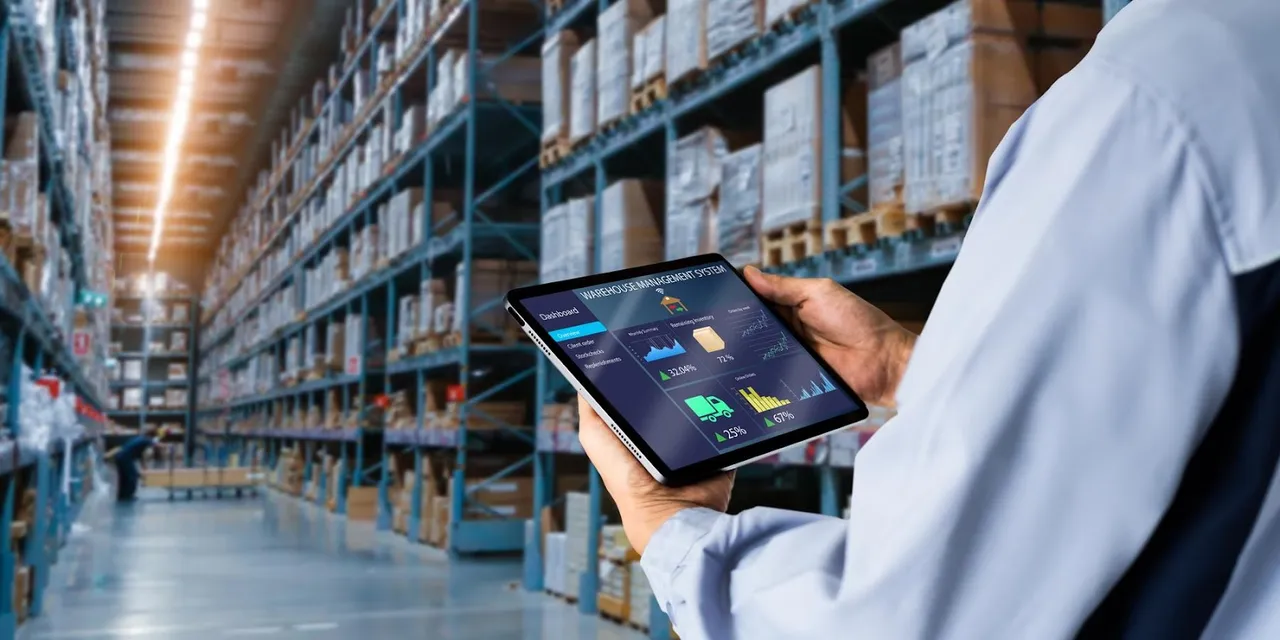
a) Inventory Management
✔ Keep track of stock levels through the Shopify Inventory dashboard.
✔ Use apps like Stocky for demand forecasting.
✔ Implement automatic notifications for low-stock items.
b) Tracking Shipments
✔ Provide customers with tracking numbers directly from Shopify or third-party apps.
✔ Customize tracking pages to reflect your brand.
✔ Use services like AfterShip to offer branded tracking experiences.
📌 Pro Tip: Always communicate delays or disruptions proactively to maintain customer satisfaction.
5. Best Practices for Streamlining Shipping and Fulfillment
✔ Audit your fulfillment process regularly to identify inefficiencies.
✔ Test your shipping rates to ensure accuracy and competitiveness.
✔ Use automation tools to simplify inventory management and order tracking.
✔ Offer multiple shipping options to appeal to various customer preferences.
Conclusion
Understanding your shipping and fulfillment options on Shopify is critical for maintaining efficiency, boosting customer satisfaction, and scaling your business. By choosing the right tools and configuring them properly, you can offer a seamless shopping experience that drives repeat sales and positive reviews.
💡 Action Step: Start by auditing your current shipping setup and exploring new tools that enhance efficiency. Choose a combination of in-house, dropshipping, and third-party fulfillment solutions that best fit your business model.

